Publicado el 20 de mayo de 2006
_
__Hola de nuevo. Como vereis, ha cambiado la imagen del blog, para facilitar la edición de entradas y que no resultara tan cargante. Ya me direis que os parece. Mientras tanto, visto que os motiva más un texto que una imagen, aquí os propongo un entretenimiento epigráfico. Se trata de tres PSS de vasijas con ancianas. A ver que me podeis decir al respecto. Mientras tanto, espero vuestras peticiones bibliográficas y dudas.
 K501
K501
 K559
K559
 K5451
K5451
 K501
K501 K559
K559 K5451
K5451



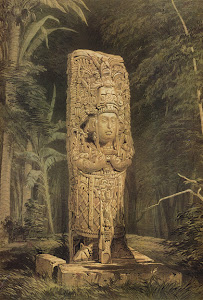
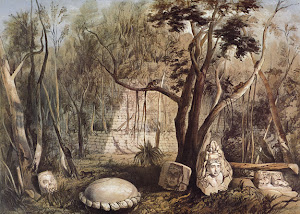
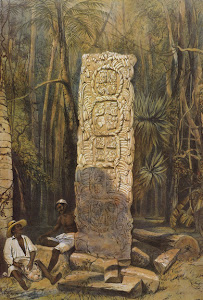
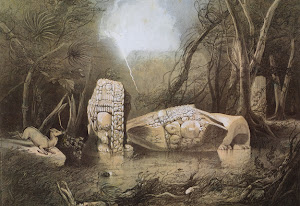
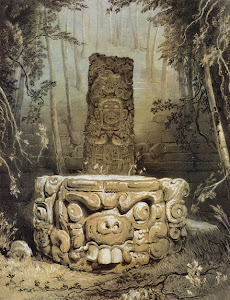

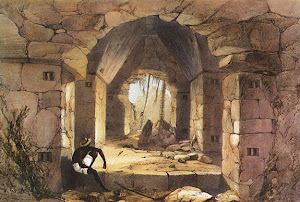


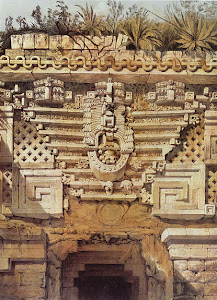
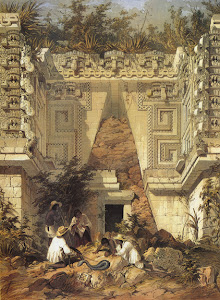
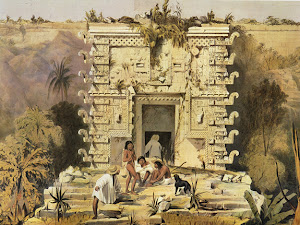
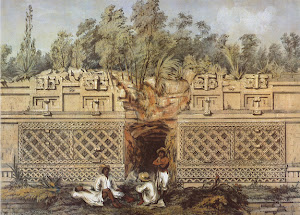
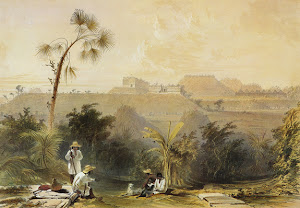
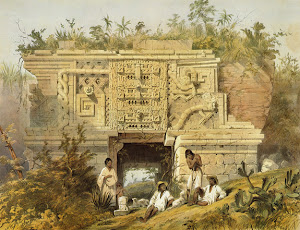
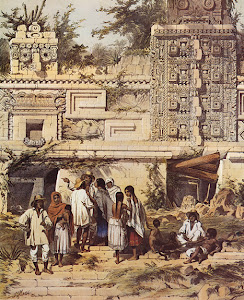
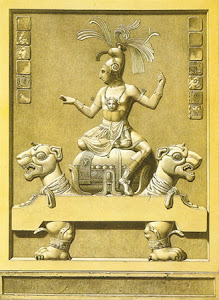

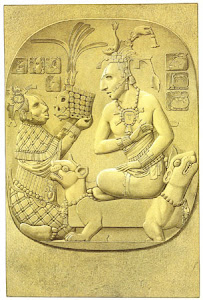
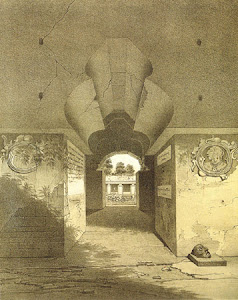
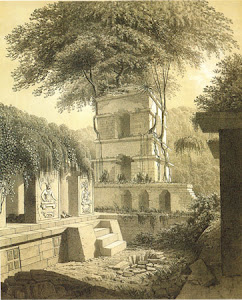
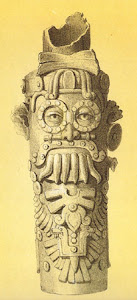


2 comentarios:
Publicado el 25 de mayo de 2006 por Nupul B´alam:
Well it took me some time to answer Rocio´s post on PSS, but finally, here it is.
I would like to introduce some ideas before any comments. It seems you (Rocio, yes! you) want to know what are telling the PSS texts regarding the scenes. To me, it is obvious those inscriptions are not in relation with the image drawn on the vases. PSS texts give information regarding the owner of the ceramic, the technique and some other things. But it never comments a scene, and certainly not when the scene is mythological. There are examples where the PSS have connexions with the scene, but only when royal names of the represented individuals are mentioned both in PSS and secondary texts. So to tell it simply: the PSS never explain a representation. A PSS is a dedicatory formula, extremely consistent and thematically limited.
K0501
The text is really hard to read and structure. I think it is composed by pseudo-glyphs. I can see some syllabograms (li, tzi, yi) and a logogram (K´AN)), but none make sense. Also the multiple presences of doubled-dot signs lead me to think that the PSS is purely decorative. Someone else has another idea?
K0559
Once again, Rocio proposes an analyse of really ugly glyphs.I am not really sure of the place where the text begins. I´d begin with the glyphs above the head of the first lady, behind her hair (the lady with the rabbit and the facial paints):
1.[verb/Alay?]
2.[God N verb]-yi/tz´i? (if the first glyph is God N´s head, then the "yi" glyph is more plausible)
3.na-ja-la (this compound usually follows the tz´i-bi one.)
4.TE´-le? (< te´el kakaw)
5. ?
6. ?
7.ch´o-ko (ch´ok, a title)
8.?
9.?
10.a-? (title?)
11.?
As you can imagine, I cannot propose a global reading.
K5451
As I have said just before, Rocio has the ability to select really hard to read texts. And this time, she make no exception, or simply I am not sufficiently able.
Well, where to begin?
I don´t know. And further more, I am really not able to read with certitude a single glyph, so I´ll let the reading here, hoping someone will be able to prove I am just tired today, and totally unproductive.
So, to conclude, you may have noticed to extraordinary discoveries we have made today, just some syllabic signs here and there, but nothing more. So, Rocio, please make an effort in your selection; just kidding (what a expression).
Well friends, here ends the smarter comment made on glottal maya. I´ll be back in a few days with a surprise, well, it has been for me. Patience.
Sebastian Nupul b´alam
Publicado por Rouge el 25 de mayo de 2006:
Gracias por el comentario a las PSSs Sebastian. Claro que eran complicadas, por eso las pongo, para que os entretengais un rato (;)). Que gracia tendría si fueran simples? Y mañana más.
Publicar un comentario